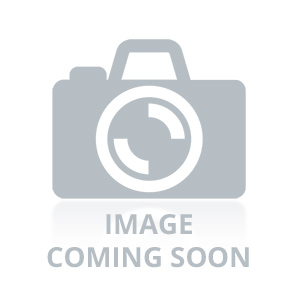Masks for medical/nursing applications
Medical Mouth and Nose Protection MNS
according to EN 14683:2019-6, no personal protective equipment
Type I: Filter performance ≥ 95%, breathing resistance ≤ 40 Pa/cm²
Type II: Filter performance ≥ 98%, breathing resistance ≤ 40 Pa/cm²
Although appropriate MNS mouth-nose protection also limits the wearer of the mask when the mask is firmly in place, this is not the primary purpose of MNS. Since, depending on the fit of the MNS, the wearer essentially does not inhale through the fleece of the MNS, but the breathing air is drawn in past the edges of the MNS, MNS generally offer the wearer little protection against pathogen-containing droplets and aerosols. However, they can protect the mouth and nose area of the wearer from direct contact with larger droplets of the opposite person and from the transmission of pathogens through direct contact with the hands.
Particle filtering half masks FFP
according to DIN EN 149:2001-10, personal protective equipment
FFP I: Filter performance ≥ 80%, The total leakage (leakage) is maximum 22%. Not recommended for treatment and care of SARS-CoV-2 patients*!
FFP II: Filter performance ≥ 94%, The total leakage is maximum 8%.
The Robert Koch Institute (RKI) recommends FFP2 masks and FFP3 masks for the treatment and care of patients* with a coronavirus SARS-CoV-2 infection.
FFP III: Filter performance ≥ 99%, The total leakage (leakage) is a maximum of 2%.
The Robert Koch Institute (RKI) recommends FFP2 masks and FFP3 masks for the treatment and care of patients* with a coronavirus SARS-CoV-2 infection.

W6099800064

W6099800065

W6099800066
In order to cope with the current crisis situation regarding the containment of Covid-19, particle filtering half-masks that are marketable in the United States of America, Canada, Australia or Japan, and possibly also in Germany, are considered marketable even if they do not carry a CE/NE marking.
| Country/region | Designation | according to standard |
| Europe | FFP | EN 149-2001 |
| United States/Canada | N95 | NIOSH-42CFR84 |
| Australia/New Zealand | P2 | AS/NZA 1716:2012 |
| Japan | DS |
Particle filtering half masks are stamped with the manufacturer, mask type and tested standard. Mixtures of mask type and tested standard should be handled with caution. For masks from the aforementioned regions, this should actually be excluded.
But how to deal with the (most frequently offered) mask KN95?
KN95 is the designation of a filtering half mask according to Chinese standard GB2626-2006. These masks are considered to be not marketable for the medical/nursing sector in Germany. For the period of time required to cope with the current Covid-19 crisis situation, a temporary certificate of suitability for use in the medical/nursing sector can be applied for at defined testing centres in Germany.
On the other hand, there are Chinese test centres whose tests are recognised by German authorities. This recognition means that KN95 filtering masks can also be used in the medical/nursing sector.
What has to be considered for KN95 masks:
The most important: A KN95 mask is not a FFP2 mask. It would be misleading to try to equate both masks. At the very least, the mask has a stamp of manufacturer, mask type and tested standard. It is not possible to mix standards and types in the stamping. Either type FFP2 and standard EN149-2001 or type KN 95 and standard GB2626-2006. Below are some examples of how stamping should not look like:
- KN95 and EN 149-2001
- KN95 and FFP2 and EN 149-2001
- KN95 and FFP2 and EN 149-2001 and GB2626-2006
- FFP2 and GB2626-2006
It should be mandatory to be able to submit a test report. Ideally, the test report should have been prepared by an institute that is listed with the CNAS (National Conformity Assessment Body of China).

W6099800064









